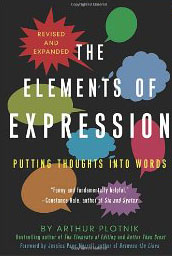Purple Prose:
Writing
The Doubt Monster Strikes

Notes of Inspiration

Girl Writes Boy…Boy Writes Girl

Sleeping with Symbolism

Great athletes have them. Do you?

Edit Smartly

On My Writerly Bookshelf

Passion

Keep it Simple

Power Words Save the Day

Say What?

The Twelve Days of Christmas for Writers: Day Two

Removing the Clutter

Author Guest Post: My Writerly Tips

Blogging About Writing????

The Emotional Structure of Tangled: Part Two

Emotional Contrasts

The Twenty-Minute Workout (for your MS)

I'm Not Her

How to Get a Rocking Beginning
